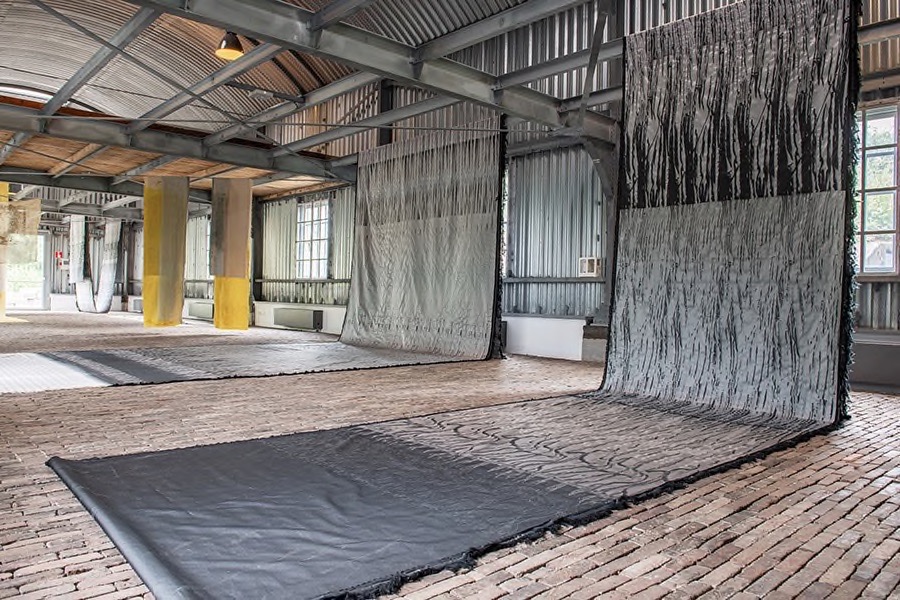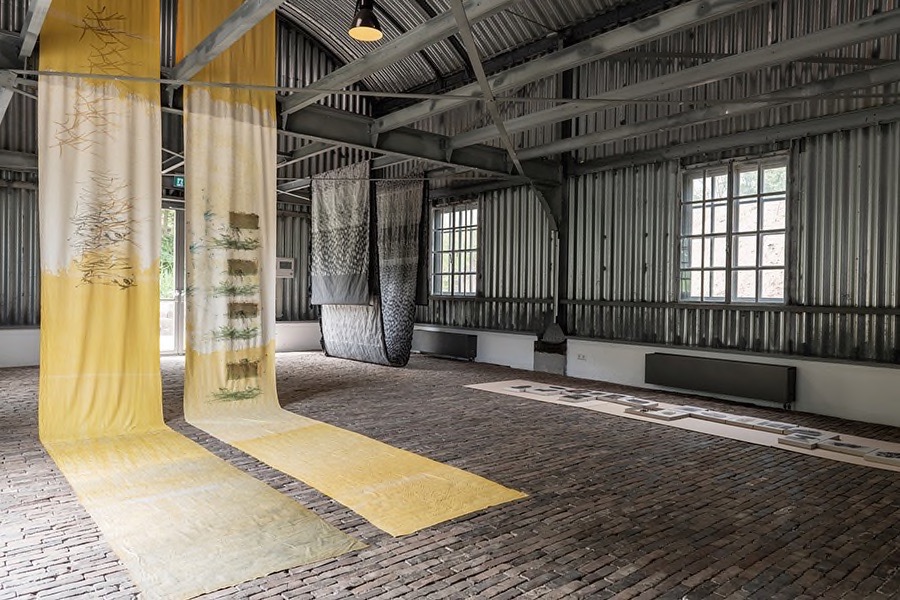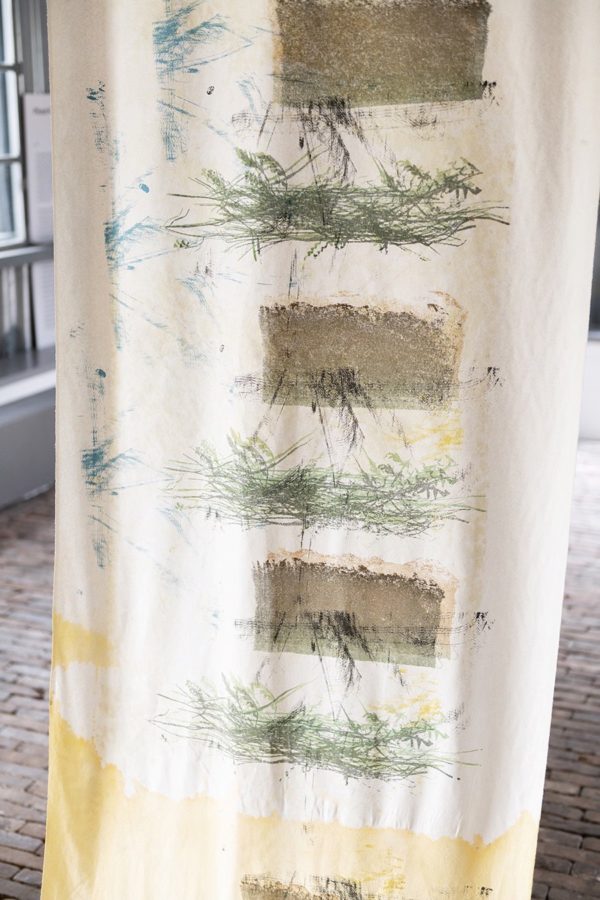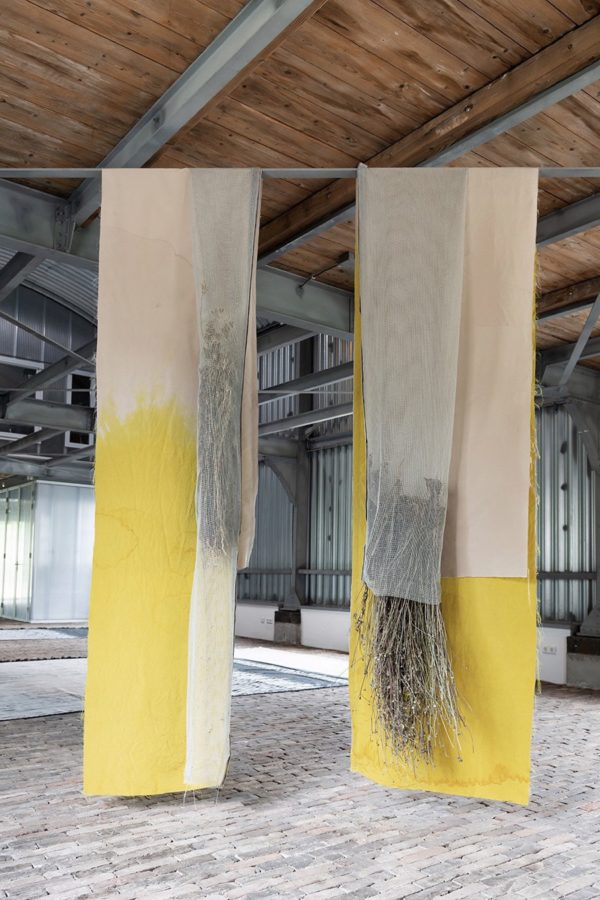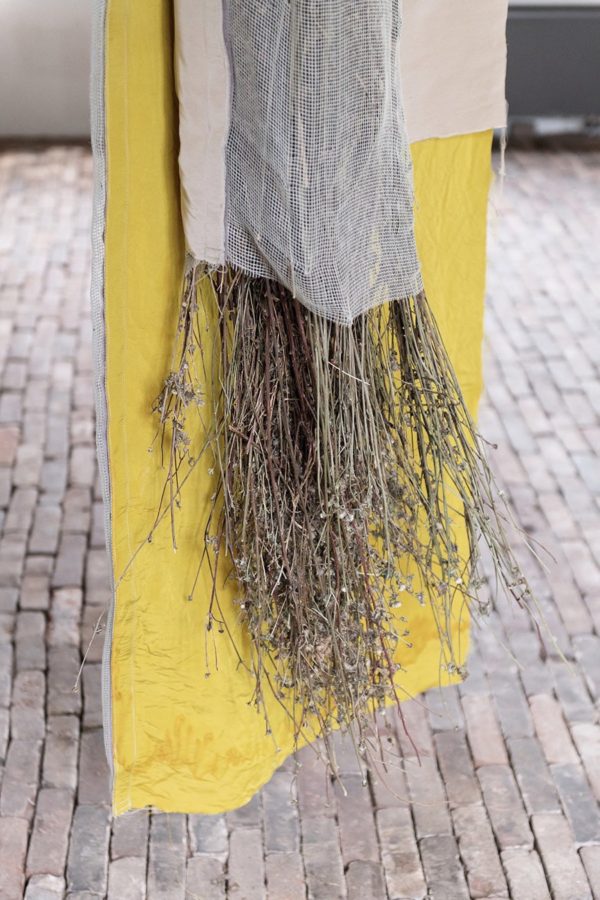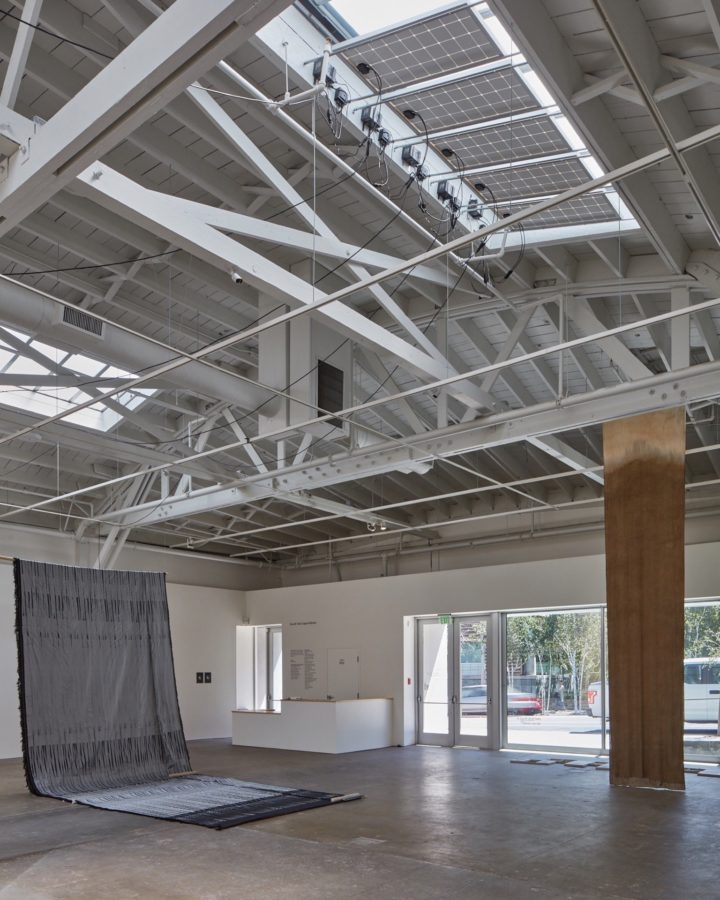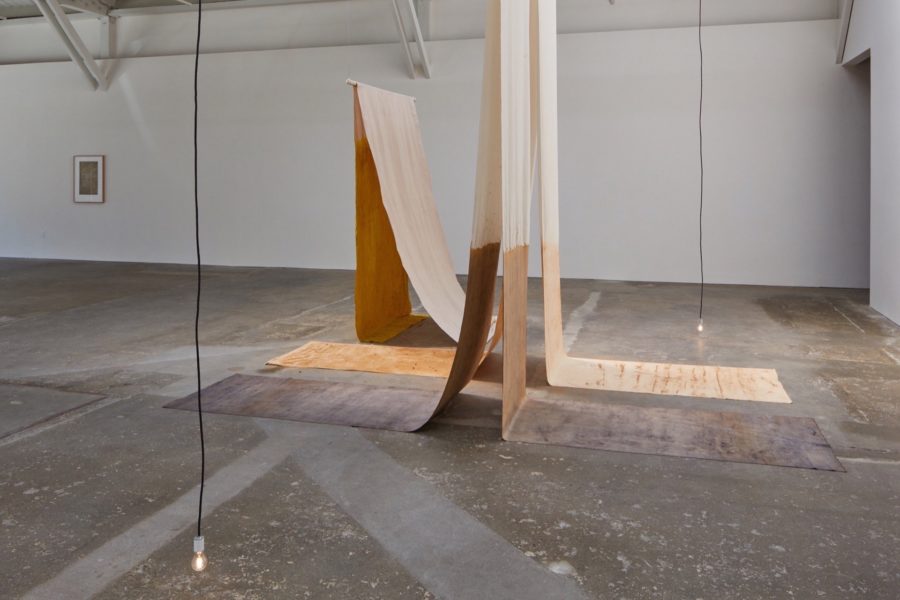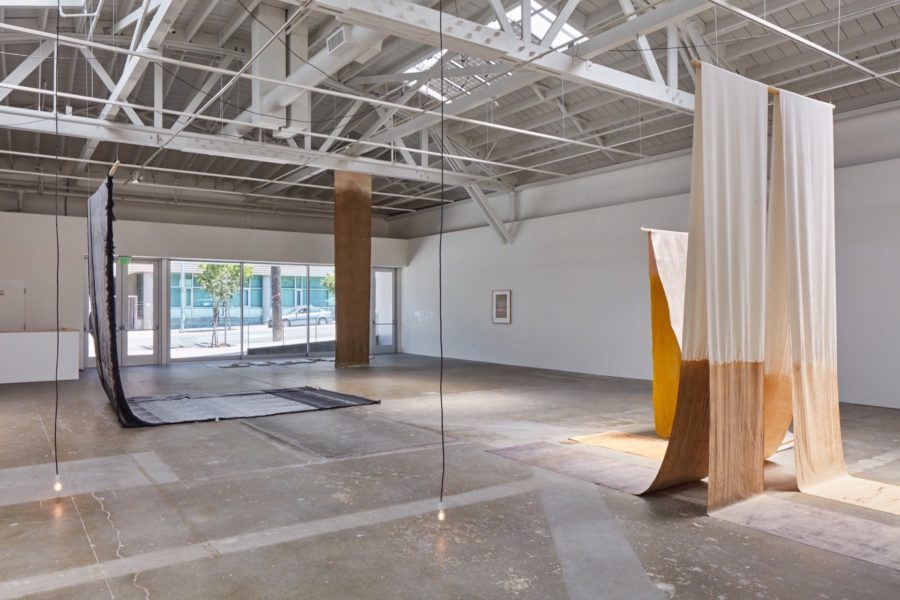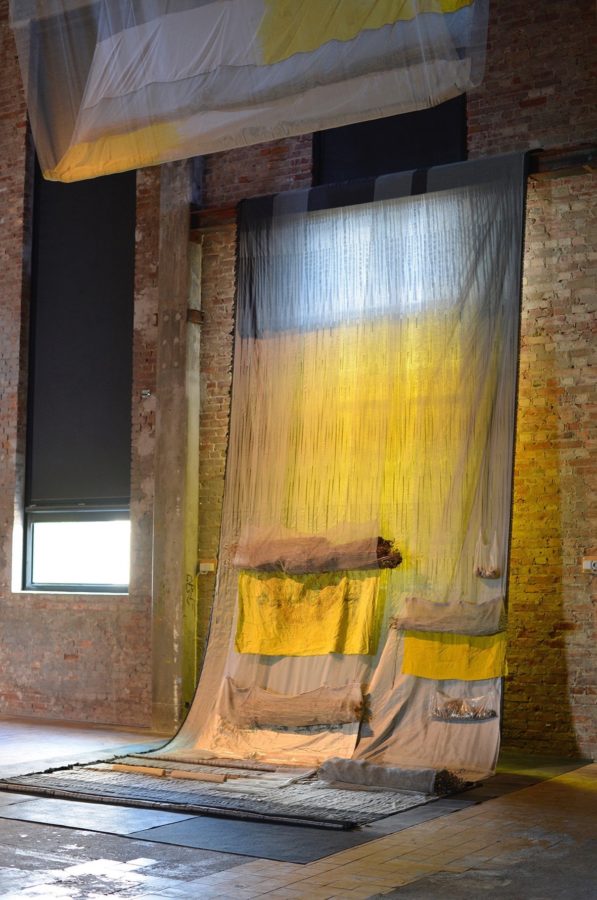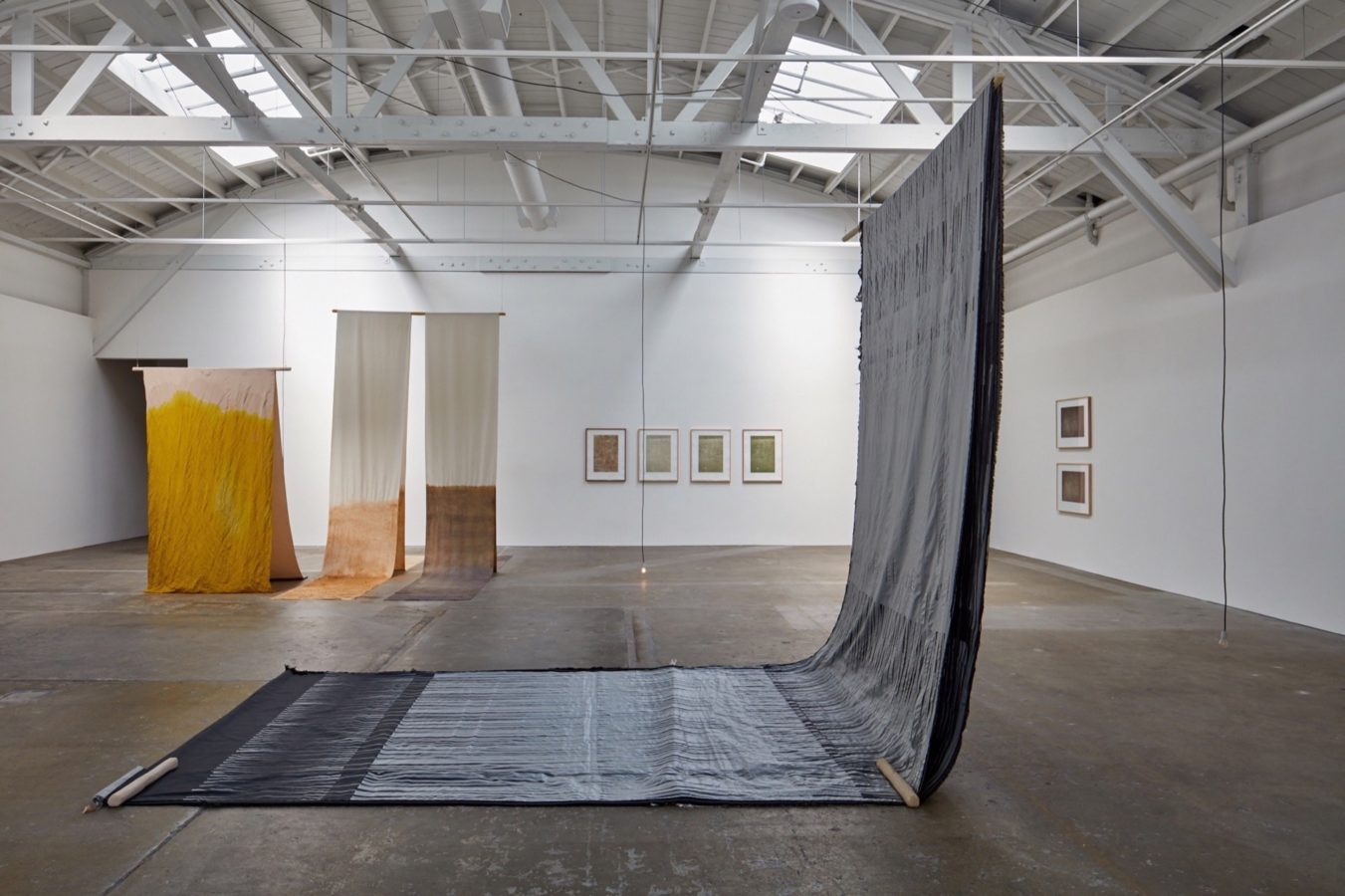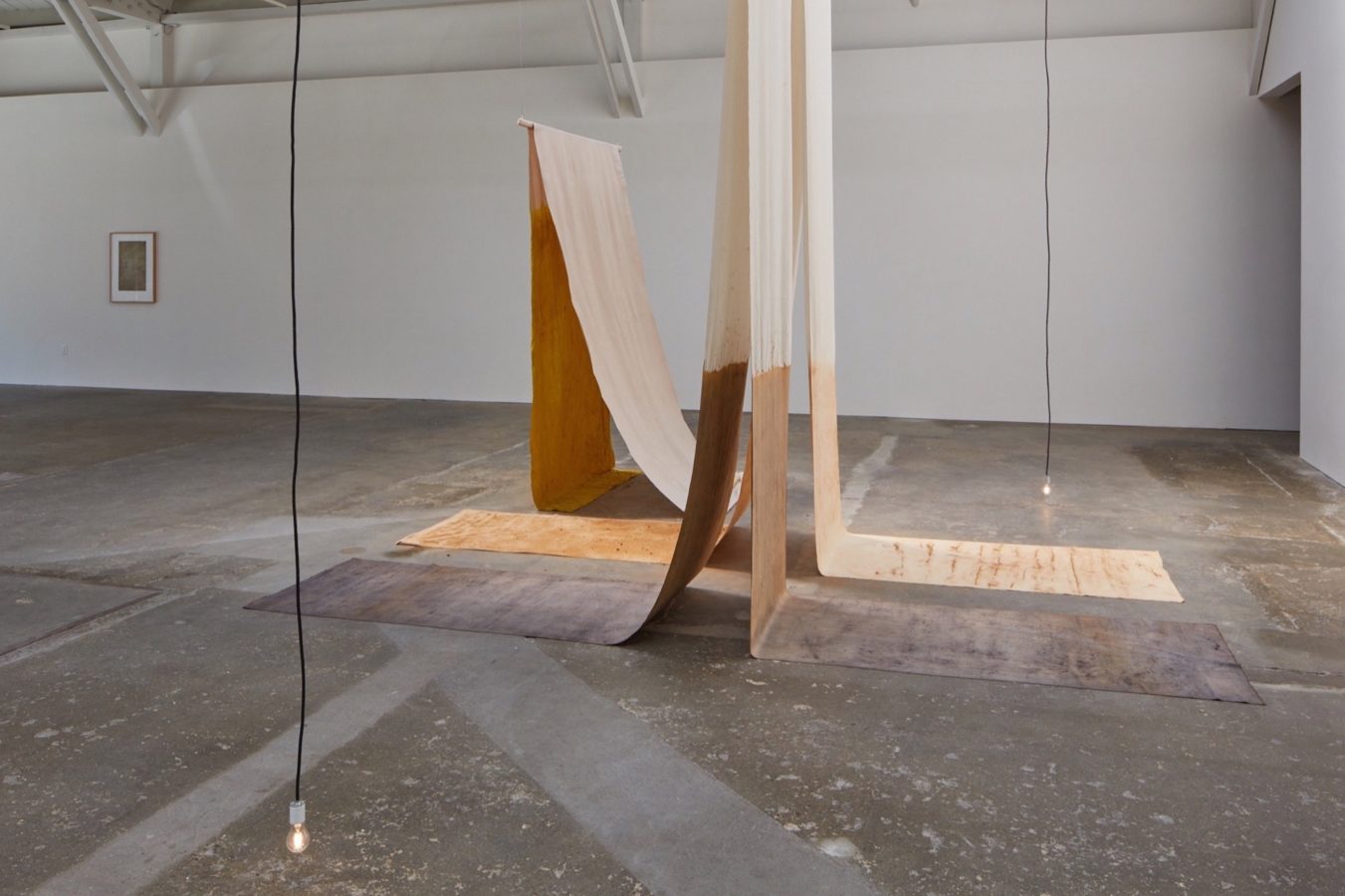We must imagine the other side of the catastrophe. The side in which we can finally see that we did not fall into this time, we fell through it. A descent that is not immediate, explosive, or visible but rather unremarkable and gradual. It is what Rob Nixon refers to as slow violence – an incremental, attritional violence whose devastating repercussions develop out of sight and across a multiplicity of temporal scales and spaces. Achieved through accumulation, slow violence resides in the lengthy, fatigued space after a calamity. The long-term emergency that is ignored in favour of the more visceral spectacles of burning towers, tsunamis, volcanic eruptions, and fallen bodies. How do we articulate unspectacular time?
For Susanne Kriemann, the world is an analog “recording system” for human-caused processes, in which change and obsolescence are slowly registered onto our physical environment. This has led to preoccupations with radioactivity, mining, archaeology, and landmarks. Her photographic projects utilize chemical processes caused by human interference in nature, often integrating organic materials such as wool, weeds, bone, and mushrooms to investigate the medium of photography in the context of social history and archival practice.
References
...Solo Exhibitions
...- Canopy, canopy, 2018 The Wattis CCA Curated by: Kim Nguyễn
- Dyeing until the water runs clean, 2017 Kunstforum Baloise Curated by: Martin Schwander
- Gessenwiese, Kanigsberg, 2017 Gallery Wilfried Lentz
Group Exhibitions
...- Zerissene Gesellschaft, 2018 F-Stop Festival für Fotografie Curated by: Jan Wenzel, Anne König
- Pochen, 2018 Multimedia Biennale, Chemnitz
- Vom Leben in Industrielandschaften, 2019 Leopold-Hösch Museum, Düren Curated by: Anja Dorn
- Plural Fertilities, 2020 Kunstfort Vijfhuizen Curated by: Zippora Elders
- Inventing Nature, Pflanzen in der Kunst, 2021 Staatliche Kunsthalle Karlsruhe Curated by: Dr. Kirsten Voigt
- Mining Photography, 2022 Museum für Kunst & Gewerbe Curated by: Esther Ruelfs, Boaz Levin
- Part of the Labyrinth, 2019 10th Gothenburg International Biennale for Contemporary Art Curated by: Lisa Rosendahl
